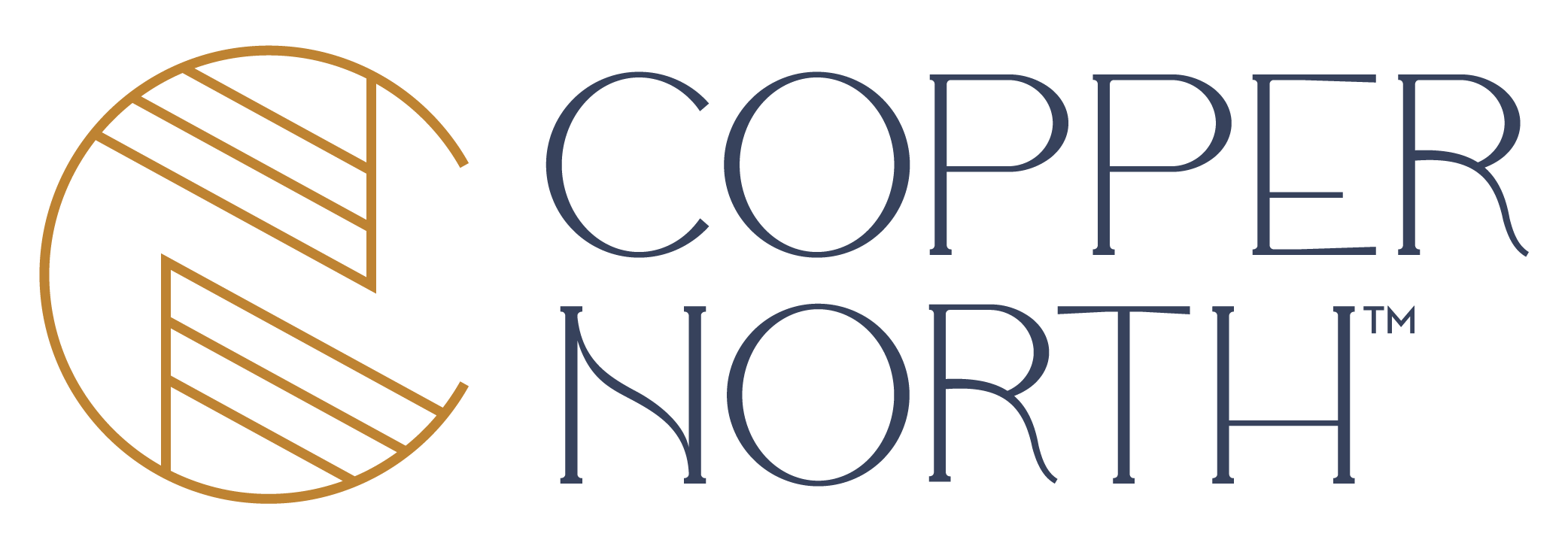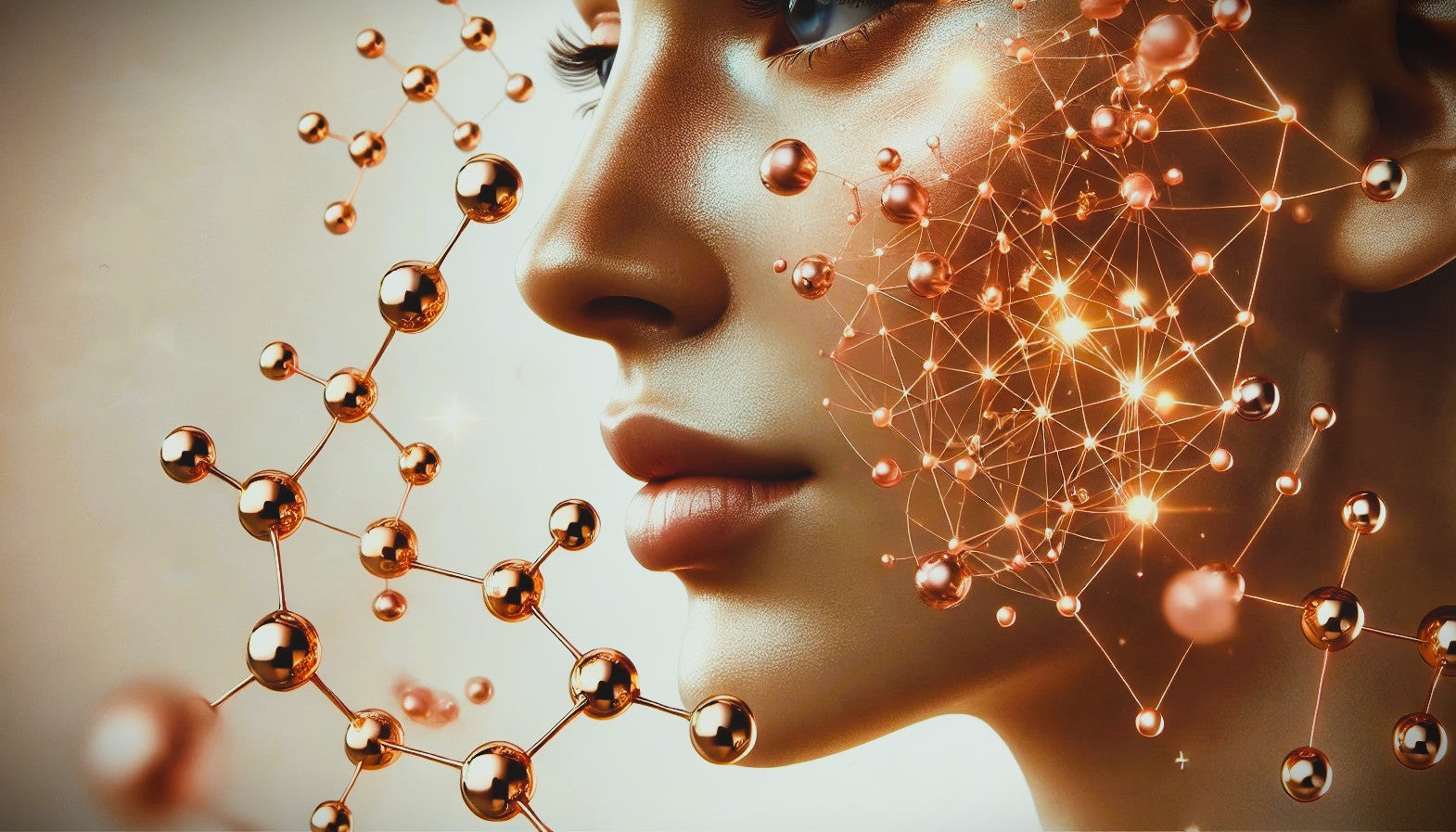As we age, our skin loses elasticity, and visible aging starts to appear in the form of wrinkles and loss of firmness. A whole industry now exists purporting to reverse this with injections and surgeries, or cover it with heavy make-up and contouring tricks.
Yet, there is a simple solution found in nature: a mineral that is already present in our bodies that sometimes just needs a boost. Copper has emerged as a powerful ingredient in skincare, with significant benefits for combating the visible signs of aging.
From stimulating collagen production to improving skin elasticity, copper plays a crucial role in rejuvenating skin. In this article, we dive into the science behind copper’s anti-aging effects, discuss key studies supporting its role in skin regeneration, and explore how copper is used in modern skincare products and fabrics.
How Copper Boosts Skin Rejuvenation
Understanding copper’s role in skin rejuvenation means following several biological and chemical steps, tracing from collagen and elastin to an enzyme called lysyl oxidase, and then to copper.
-
Skin Structure and Elasticity from Collagen and Elastin
The foundation of much of our skin’s elasticity comes from proteins like collagen and elastin. Collagen helps skin maintain its structure. Elastin is key to the skin’s ability to stretch and return to its original shape. As we age, the production of both collagen and elastin naturally declines, leading to wrinkles, sagging, and a loss of firmness.
-
Enzyme Lysyl Oxidase’s Role in Collagen and Elastin
Copper plays a critical role in the synthesis of both collagen and elastin due to its involvement in the activity of an enzyme called lysyl oxidase. This enzyme is essential for the cross-linking, or strengthening, of collagen or elastin fibers. Copper is a cofactor of the enzyme lysyl oxidase and a determinant of the enzyme’s activity with these key proteins, per a 1980 study (1).
-
Copper and Tissue Structure Development
The presence or absence of copper can play a role in overall tissue structure through its impact on lysyl oxidase. When copper’s presence is diminished, the lysyl oxidase enzyme fails in activity, thus limiting collagen cross-linking or elastin cross-linking. Alternatively, when body tissues are exposed to copper-enriched environments, the enzyme is activated. The finding from the same 1980 researchers was that “the synthesis of mature elastin and collagen can be controlled by the availability of copper” (2).

How Copper Helps Reduce Skin Inflammation
Chronic, low-grade inflammation in the skin accelerates visible aging. Inflammation can degrade collagen, damage elastin, and contribute to uneven texture and tone (3). Copper, however, has demonstrated promising anti-inflammatory and healing properties in dermatological research. By supporting the body’s natural ability to regulate inflammation and repair tissue, copper can help maintain smoother, calmer, and more resilient skin.
Modulating the Immune Response and Cytokine Balance
Copper influences immune cell behavior, particularly macrophages, which play a central role in the inflammatory process. Laboratory and skin-model studies have shown that copper infused fabrics can help modulate inflammatory cytokine production, decreasing levels of pro-inflammatory markers while supporting the regenerative phase of healing (4). This moderation helps protect collagen and elastin from breakdown, a boost in slowing visible signs of aging.
Promoting Resolution of Inflammation in Wound Healing
Copper’s best-documented anti-inflammatory effects are observed in wound healing research, where it helps the skin move efficiently from the inflammatory stage to tissue repair. Studies have demonstrated that copper compounds and copper-infused dressings reduce prolonged inflammation, enhance angiogenesis (the formation of new blood vessels), and accelerate skin regrowth (5,6).
In one study, macrophages exposed to copper oxide–infused fabrics produced significantly fewer inflammatory cytokines, suggesting a direct skin-contact benefit in reducing inflammation and promoting tissue stability (7).
These anti-inflammatory effects are not limited to wounds: they indicate how controlled exposure to copper ions can help calm irritation and promote healthy skin regeneration more broadly.
Practical Uses of Copper to Support Skin Health
Because copper is such a key part of skin structure, it has been playing a growing role in skincare products and other wellness tools designed to support skin health.
Copper-Infused Lotions and Serums
Many premium skincare brands now incorporate copper peptides in their products to help rejuvenate the skin. These products are designed to stimulate collagen and elastin production, improve elasticity, and reduce the appearance of fine lines and wrinkles. Recent research has confirmed that copper peptides can penetrate the skin and promote cellular regeneration (8).
For instance, iS Clinical Copper Firming Mist and Allies of Skin Copper Tripeptide & Ectoin Advanced Repair Serum are both products that contain copper peptides. These formulations aim to firm and smooth the skin, offering a noticeable reduction in the appearance of fine lines and wrinkles. Copper’s regenerative effects are central to these products, which focus on restoring the skin’s youthful appearance.
Copper-Infused Fabrics
Another innovative use of copper in skincare is through copper-infused fabrics. These fabrics are embedded with tiny copper ions and are marketed as a way to support skin health while you sleep. Copper-infused pillowcases, sheets, and sleep masks allow the skin to absorb copper continuously, potentially boosting collagen production and promoting skin regeneration while you rest.
A 2012 study published in the Journal of Cosmetic Dermatology found that copper-infused fabrics resulted in a “reduction in the depth of wrinkles and overall improvement of skin appearance,”(9) supporting the idea that copper ions can be used to maintain skin health and contribute to rejuvenation even while you sleep. By incorporating copper into daily wearables like pillowcases, you can support your skin’s natural healing and regeneration processes 24/7.
For more information on how copper supports skin health and regeneration, check out these related articles:
- The 6 Scientific Ways Copper Supports Skin Health
- How Copper is Revolutionizing Wellness and Skin Health
- The Role of Copper in Wound Healing
References
- Harris, E.D., et al. (1980). “Copper and the synthesis of elastin and collagen.” Biological Roles of Copper, Ciba Foundation Symposium 79, Novartis Foundation Symposia Book Series. 10.1002/9780470720622.ch9. Link
- Ibid.
- Agrawal, R., et al. (2023). “The Skin and Inflamm-Aging.” Biology (Basel). 2023 Nov 2;12(11):1396. doi: 10.3390/biology12111396. Link
- Zangiabadi, S., et al. (2023). “Copper infused fabric attenuates inflammation in macrophages.” PLOS One. 10.1371/journal.pone.0287741. Link
- Borkow, G., et al. (2025). “The Journey of Copper-Impregnated Dressings in Wound Healing: From a Medical Hypothesis to Clinical Practice.” Biomedicines. 13(3):562. doi: 10.3390/biomedicines13030562. Link
- Ogen-Shtern, N. et al. (2022). “Evaluating the role of copper ions in the various phases of burn and wound healing by using an ex vivo human burn model.” Journal of Investigative Dermatology. Volume 142, Issue 12, Supplement S286 December 2022. Link
- Zangiabadi, S., et al. (2023).
- Pickart, L, et al. (2018). “Regenerative and Protective Actions of the GHK-Cu Peptide in the Light of the New Gene Data.” International Journal of Molecular Sciences. 19(7):1987. Link
- Baek, J., et al. (2012). “Reduction of facial wrinkles depth by sleeping on copper oxide-containing pillowcases: a double blind, placebo controlled, parallel, randomized clinical study.” Journal of Cosmetic Dermatology. 2012 Sep;11(3):193-200. doi: 10.1111/j.1473-2165.2012.00624.x. Link





Share:
How Copper is Revolutionizing Wellness and Skin Health
Dust Mites in Pillows: What You Need to Know to Keep Bedding Clean, Hypoallergenic, and Truly Restorative